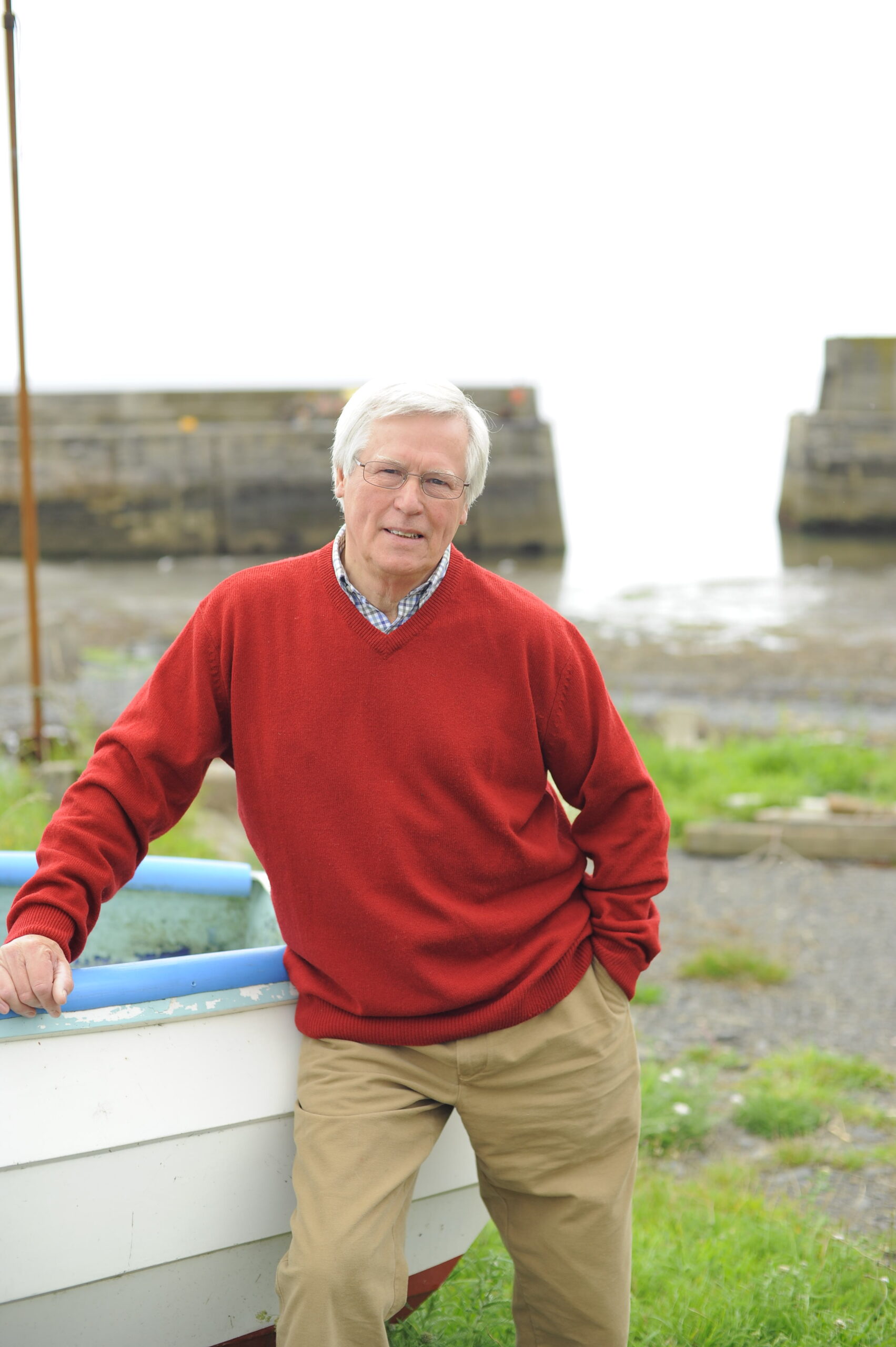
It’s heartening to learn that rural train services, for so long the downtrodden Cinderellas of transport, are suddenly all the rage. Leafy branch lines are booming, with some almost doubling passenger numbers as they wind through often spectacular countryside.
The Derwent Valley Line from Derby to Matlock carried 399,000 people last year – a rise of 88 percent over the past three years. For the Truro to Falmouth line in Cornwall, the figure is even more impressive – up 91 percent during the same period.
Many others are putting on extra carriages and even extra trains to cope with demand. The signals are set at green for growth, and the 10 busiest branch lines saw total journeys increase from 4.5 million to nearly 7 million. So what is causing this reawakening of interest in country routes, nearly 50 years after hundreds were axed for being uneconomic?
Well, attitudes have changed and, with their green credentials, they are now considered
vital lifelines for isolated communities that continue to operate thanks to large Government subsidies. Their increasing popularity comes despite regular hikes in fares, with another due next year.
Two factors have led to this renaissance – what motorists perceive to be the even higher cost of running a car, and the fact that because money has been tight, many families are holidaying or day-tripping in the UK. Significantly, the branch lines doing the best business are those close to the coast and to honeypot rural locations.
The Derwent Valley Line in the Peak District has doubled the number of trains, is refurbishing carriages and improving stations. One regular traveller told me: “It’s got a new life and there’s a really nice mixture of commuters and trippers, many of them hikers.”
Across the country, research shows growing numbers of local people using rural trains to commute or simply to get around, bringing the total number of journeys last year to around 40 million.
Much credit for this upsurge goes to The Association of Community Rail Partnerships, a group of train operators, local authorities and volunteers that runs 27 branch lines. General manager Neil Buxton told me: “Our volunteers are vital – they create pride in the lines, suggest changes to timetables, care for the stations, organise walks and bike rides, and make travellers feel really welcome. For them, the trains are part of their community and their unpaid efforts are worth about £27m
a year.”
The Government hints that, in the future, local authorities may have to take over responsibility for these lines, which begs the question: where will the subsidies come from then? Add to that rumours that the EU wants to scrap all public funding for railways, and the future could be far from certain for Britain’s born-again country trains. But right now it’s full steam ahead.

